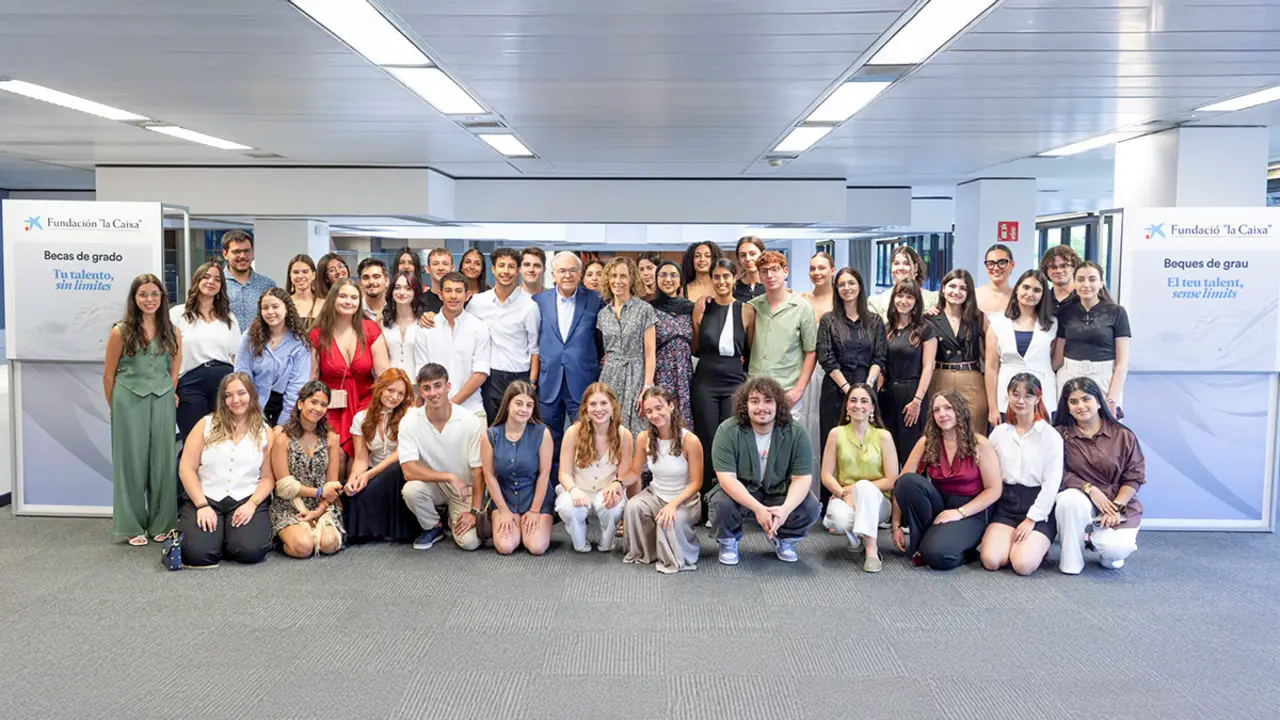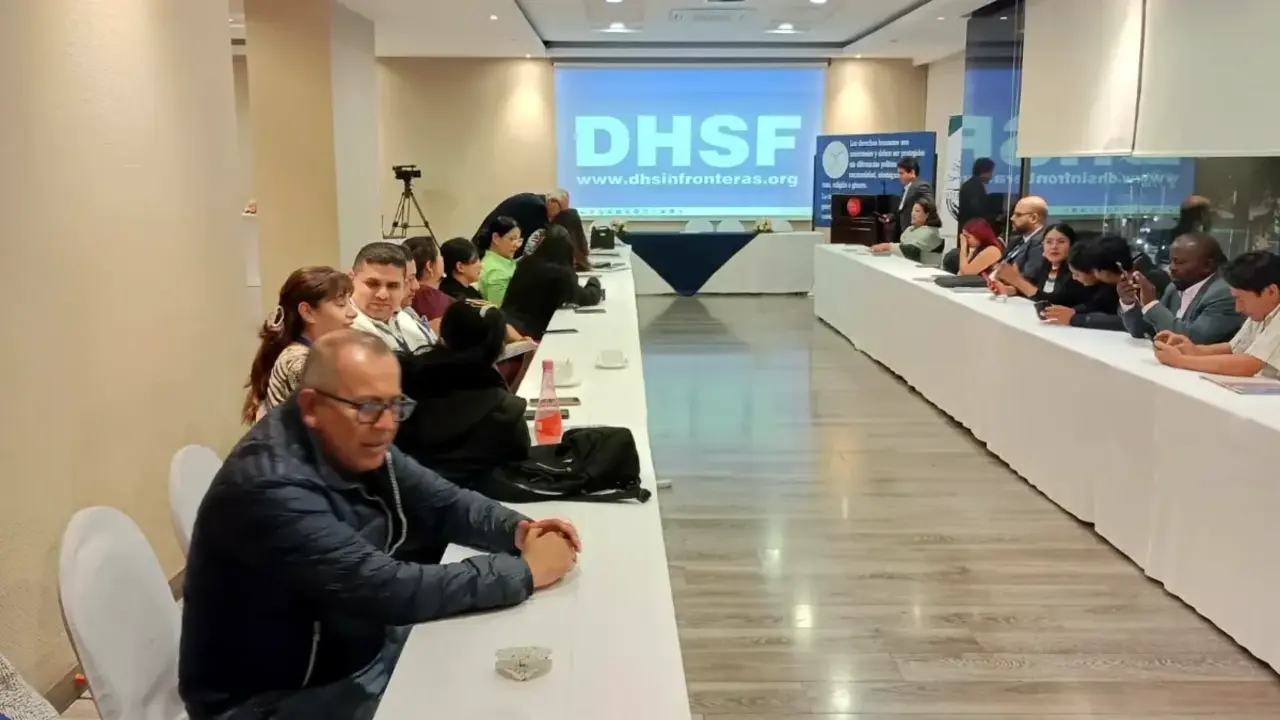PAHO expects more than 438,000 deaths in South America in the next three months
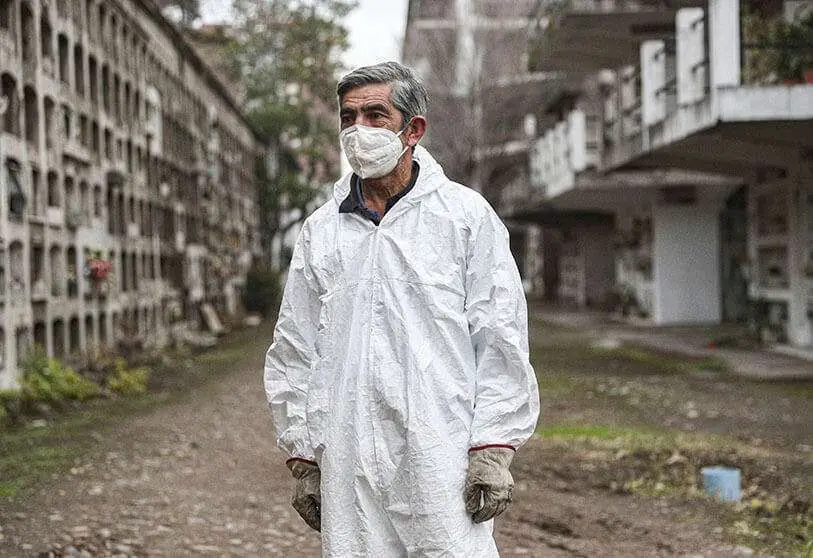
"Latin America and the Caribbean are expected to have more than 438,000 deaths from the coronavirus over the next three months". With these words, the director of the Pan American Health Organization (PAHO) and regional director for the Americas of the World Health Organization (WHO), Carissa F. Etienne, warned this Tuesday, based on the projections of the Institute for Health Metrics and Evaluation of the University of Washington, that "if current conditions persist", the number of deaths in October could exceed 400,000.
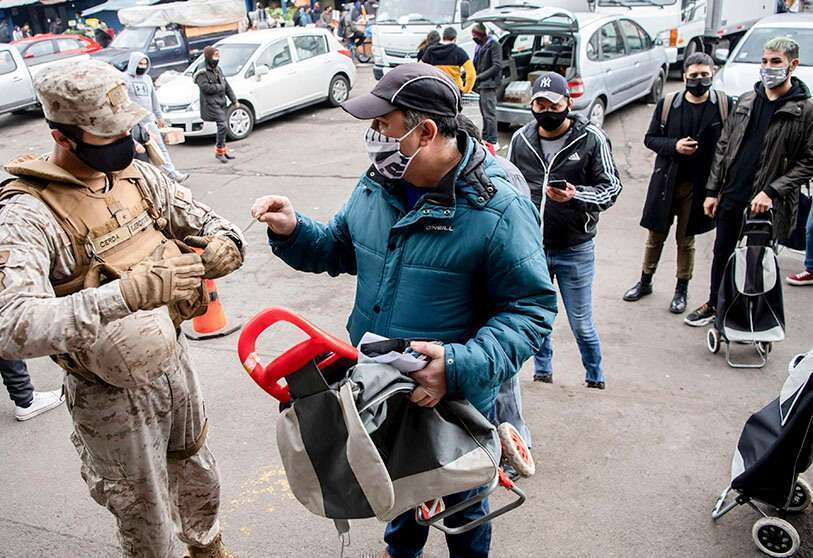
PAHO has stated that the peak of infections in Latin America will occur at different times. Thus, Chile and Colombia could reach their peak during the next few days; while Argentina, Bolivia, Brazil or Peru will see their peak in August. "In Central America and Mexico it will be in mid-August, although in Costa Rica it is expected to be in October," she said.
"It is important to emphasize that these projections will be accomplished only if the current conditions persist," she said, before stressing that the different nations of Latin America have the power to change these predictions "if they make the right decisions and implement strict, proven public health measures".
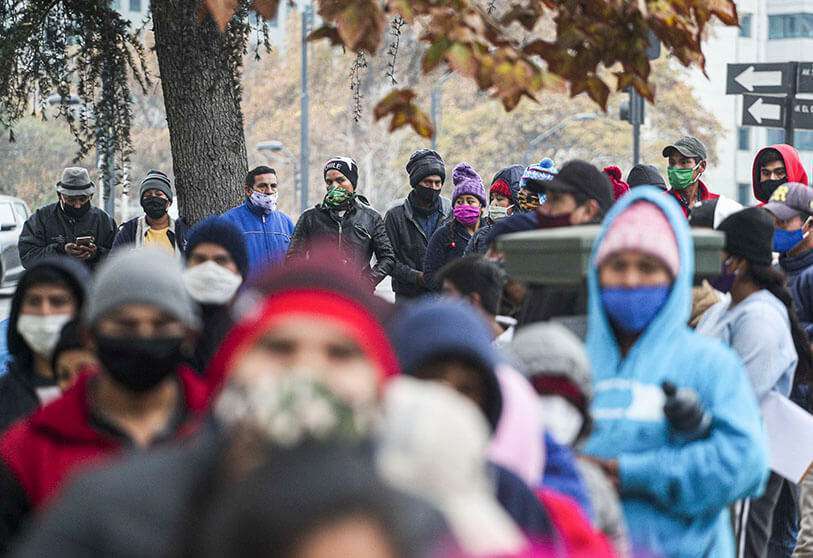
During this press conference, Etienne reported that the islands of St. Barthélemy, Anguilla, St. Pierre and Miquelon, Montserrat, St. Kitts and Nevis, Aruba, Sint Maarten, British Virgin Islands, Bonaire, St. Eustatius and Saba, Grenada and St. Lucia have not reported cases for more than 14 days. However, it has asked these regions to remain vigilant over the coming months in case of a further outbreak. "The coronavirus will only be defeated through concerted regional cooperation and action. While we welcome when a country successfully flattens its epidemic curve for COVID-19, the risk of resurgence will always exist unless we flatten the curve regionally and globally," she said on June 24.
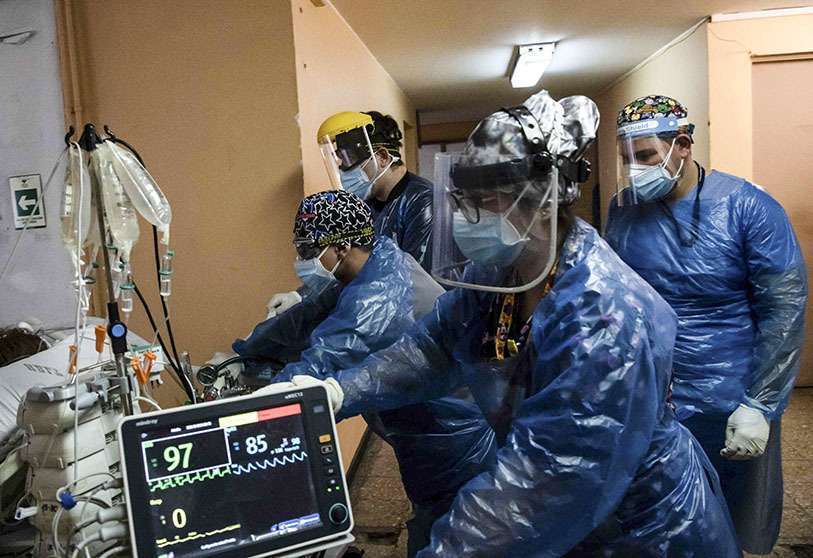
This pathogen has spread at a fairly rapid rate between May and June, to such an extent that the World Health Organization (WHO) declared the Americas the new centre of the pandemic at the end of May, after this region surpassed Europe in terms of the number of cases. Speaking of reopening, the PAHO director urged countries planning to relax public health measures to "adopt a phased approach based on local conditions" and to be prepared to "re-impose preventive measures if the epidemiological situation changes".
Etienne has stressed the need to think both nationally and locally and base decisions on the latest data. "The more granular our understanding of where the virus is attacking, the more targeted our response will be. "As we are seeing, countries, states and cities that fail to take preventive measures or relax restrictions too soon can be inundated with new cases," she said.
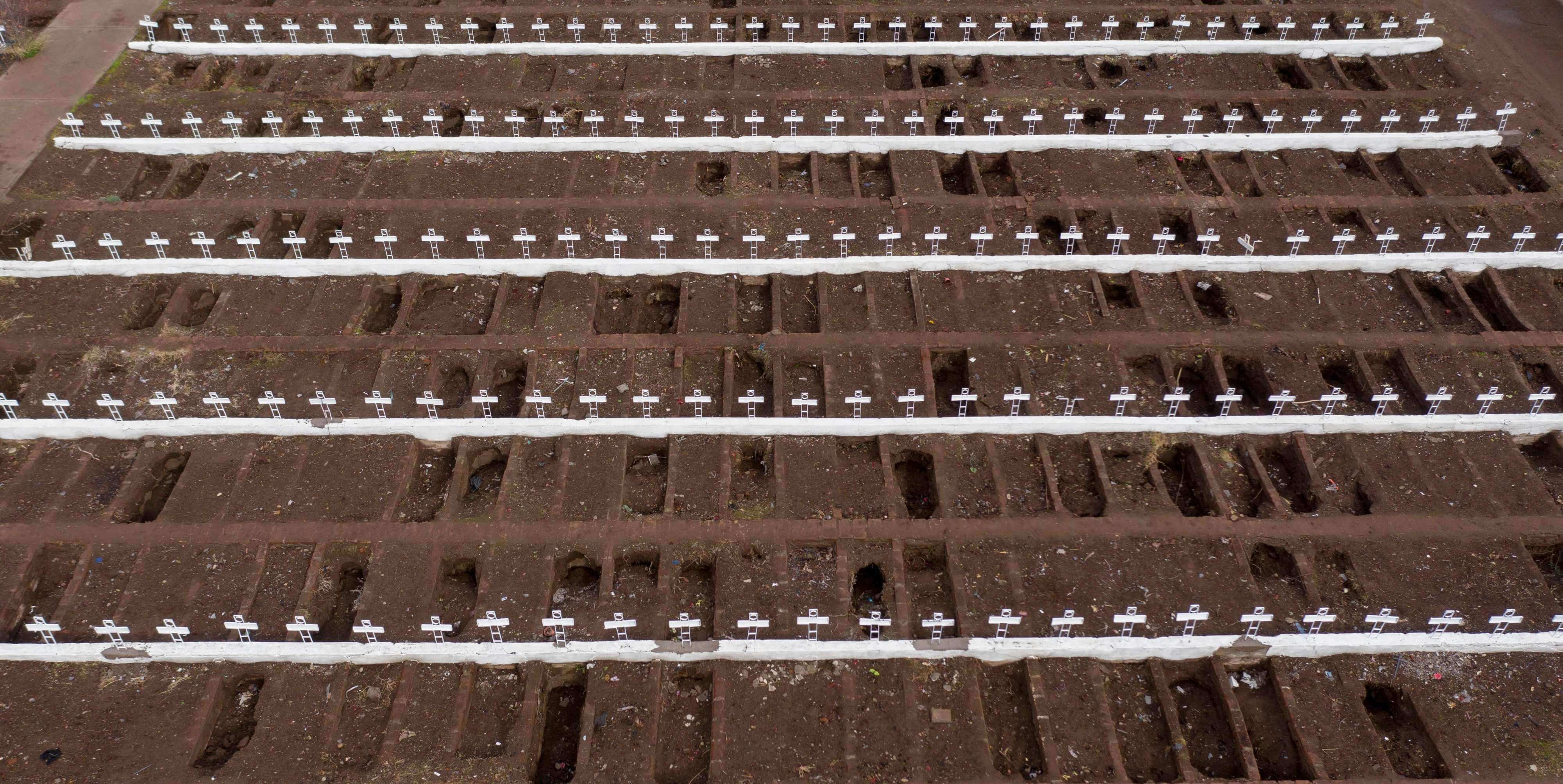
"To truly understand the impact of the virus, and to plan more effectively for what comes next, it is important to look beyond regional and national data and focus on the local level," she said after announcing that 5.1 million cases and more than 247,000 deaths from the coronavirus had been reported in the Americas as of June 29. "Time is critical," she stressed, while reiterating that "at the national or local level we must open up gradually, adopting a phased approach based on robust surveillance, data and increased contact tracing and evidence capacity".
"We often hear about the number of cases in large countries like Brazil, Mexico or the United States without an appreciation of their considerable social and geographic diversity. In fact, multiple epidemiological curves coexist both within our region and within each country, and public health responses must be adapted to these specific situations," she said.

High rates of inequality and poverty in Latin America, failures in the health system or recent austerity policies implemented in several countries have brought Latin America to the brink. The region officially registered its first case on Feb. 26 in Brazil. The pathogen that paralyzed the old continent began to do so silently in Latin America. In this scenario, countries like Peru, Salvador, Panama, Argentina, Chile, Colombia, and Venezuela began to implement various measures to stop the spread of this disease and reduce the number of infections. PAHO fears that before restrictions are relaxed "transmission in the area should be decreasing in a sustainable manner, deaths should also decrease, and bed occupancy rates should be low".
The PAHO director has listed a series of criteria for reopening that include "timely testing, case isolation to reduce transmission, contact tracing to find infected persons and isolate them, access to personal protective equipment and training for health workers, and, if necessary, travel measures to limit new infections, such as detection, case finding and quarantine, among others".

During his speech he stressed the need to "have evidence", but also to "have the results of these tests" in order to have an accurate picture of the situation in the region. "Any person with symptoms should have the necessary guidance and support to reduce the possibility of transmission to others," she said. As for contact tracing, PAHO has noted that "when anchored to a strong primary care system, it can help reduce the risk of transmission among vulnerable communities".
They have also stressed that the health system needs enough hospital beds and intensive care units to provide care for severe cases, so that the process of reopening can begin. The Pan American Health Organization has donated nearly five million PCR tests to the region in recent months and has obtained more than 10 million tests on behalf of the countries. This institution is working directly with the various states and local governments "to analyze these trends and help guide decision-making". "PAHO has supported countries in all aspects of the response, providing guidance, training and supplies," they concluded.

